The vehicle interior is an important part of the brand experience for customers. The highest visual and haptic quality are top priorities, along with comfort, functionality, and durability. Since the early days of the car, leather has been synonymous with high-quality interior features that many customers desire. Here, too, Mercedes‑Benz takes a holistic approach to making this luxury sustainable.
Vehicle interior: Sustainably processed leather
In the CLE and Maybach EQS SUV, Mercedes-Benz already offers sustainably produced and processed leather. This offering is also set to be extended to models of the upcoming vehicle platform. The consideration ranges from livestock breeding to the tanning process. Mercedes-Benz already requires compliance with various animal welfare criteria in its specifications. Among other things, the company requires its suppliers to comply with the Animal Welfare Committee’s “5 Freedoms Of Animal Welfare ” in livestock breeding. In addition, an important requirement Mercedes-Benz has in terms of supplier selection is that the leather supply chain must be free from any form of illegal deforestation and that grazing areas must not contribute to the endangerment or loss of natural forests. In this respect, partners must disclose their entire supply chain, from the farming region to the final product.
For a for a less environmentally damaging tanning process, only plant-based, organic mineral or, alternatively, sustainable tanning agents that are completely free of chromium — such as dried coffee bean husks, chestnuts, or extracts from other renewable raw materials — may be used to tan leather for Mercedes-Benz products in future. In addition, the leather for Mercedes-Benz products may only be processed in tanneries that are certified according to the Gold Standard of the ‘Leather Working Group’. This includes important environmental aspects such as reducing the use of water, energy, and chemicals in the tanning process. In addition, Mercedes-Benz works together with suppliers to continuously improve the sustainability of leather products. For this purpose, the partners are required, for example, to present a life cycle assessment of the entire value chain from the farm to the finished leather. In this way, targeted measures can be taken to reduce the ecological footprint of the leather.
,xPosition=0,yPosition=0.5)
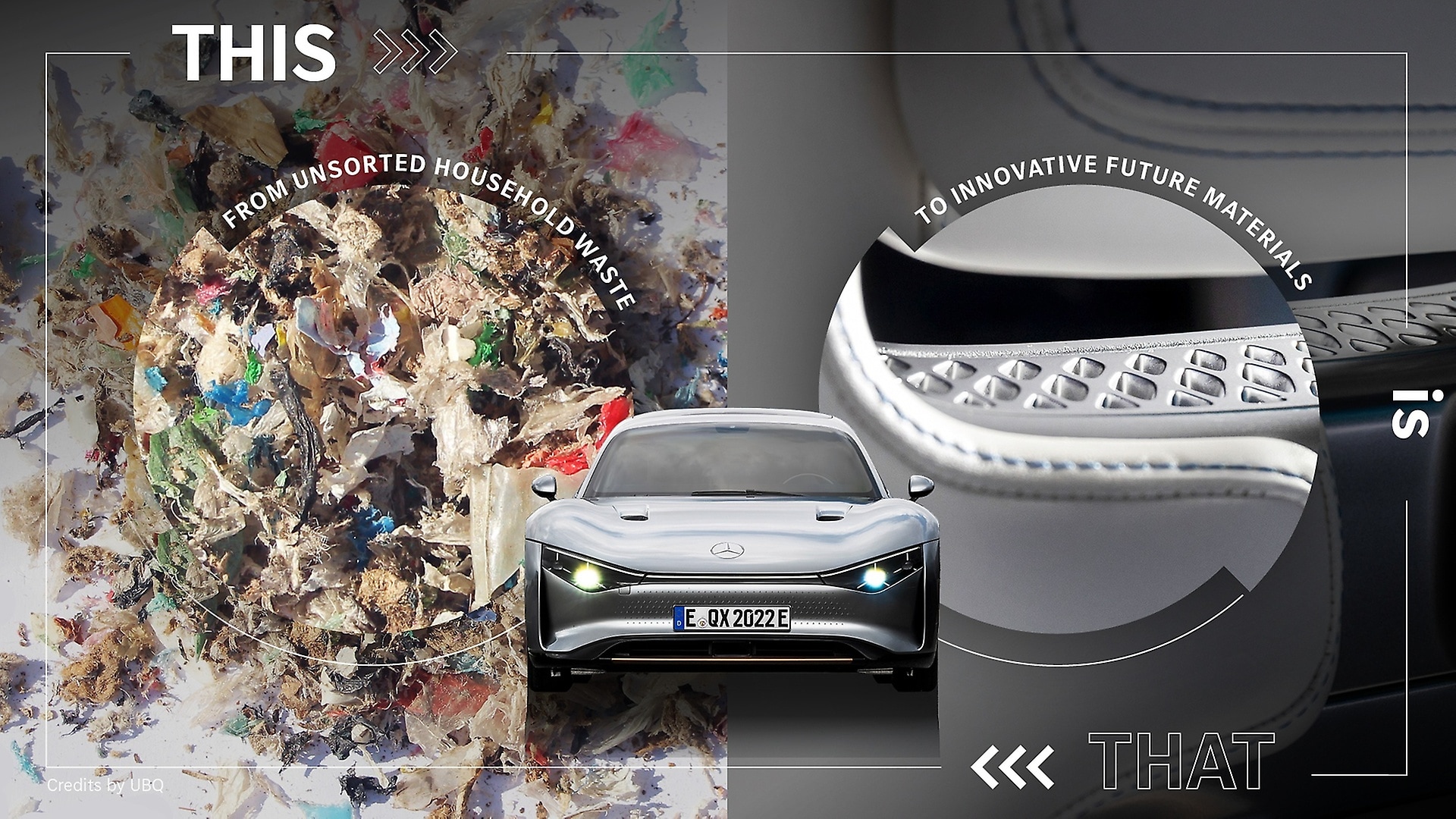
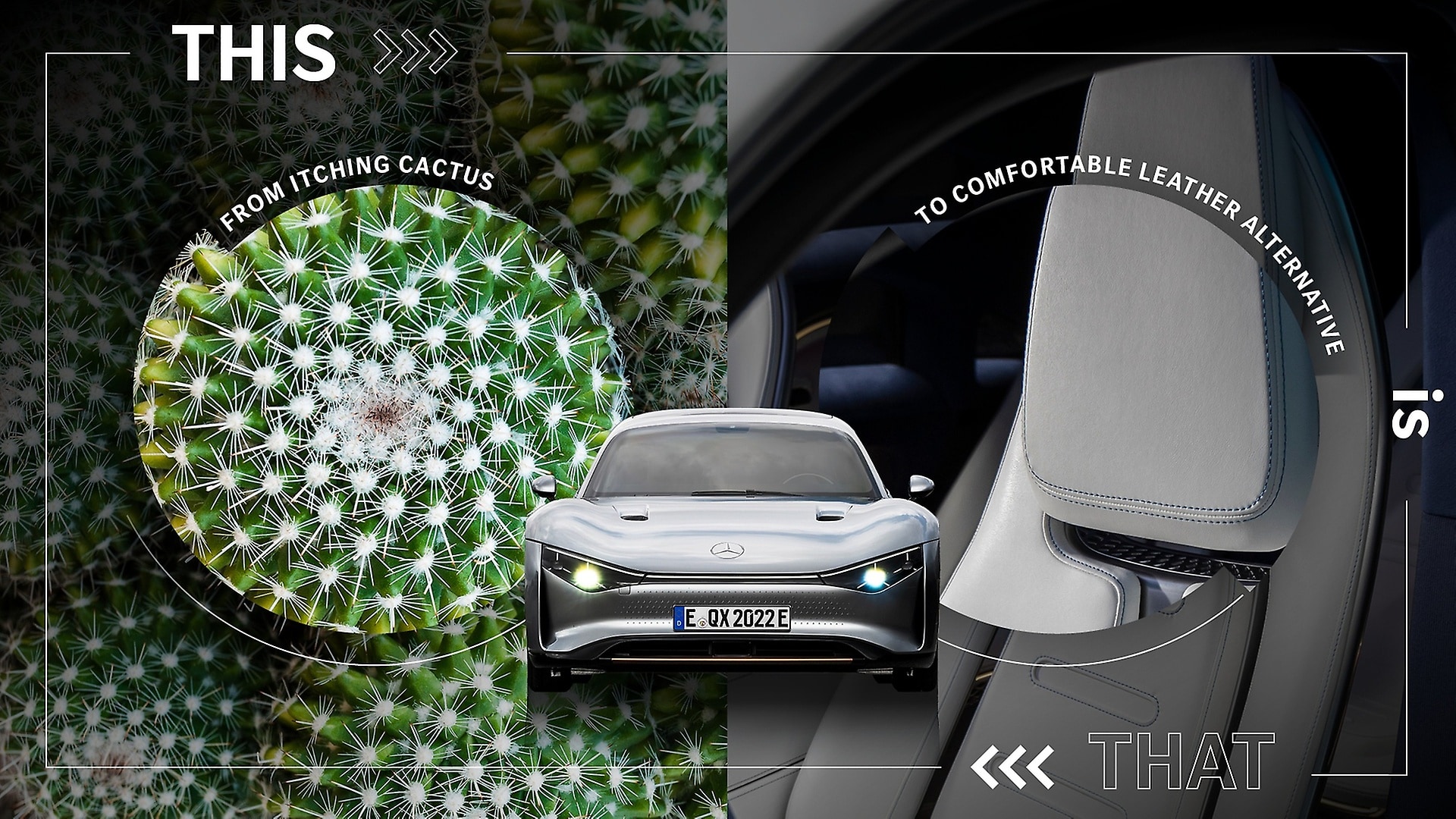
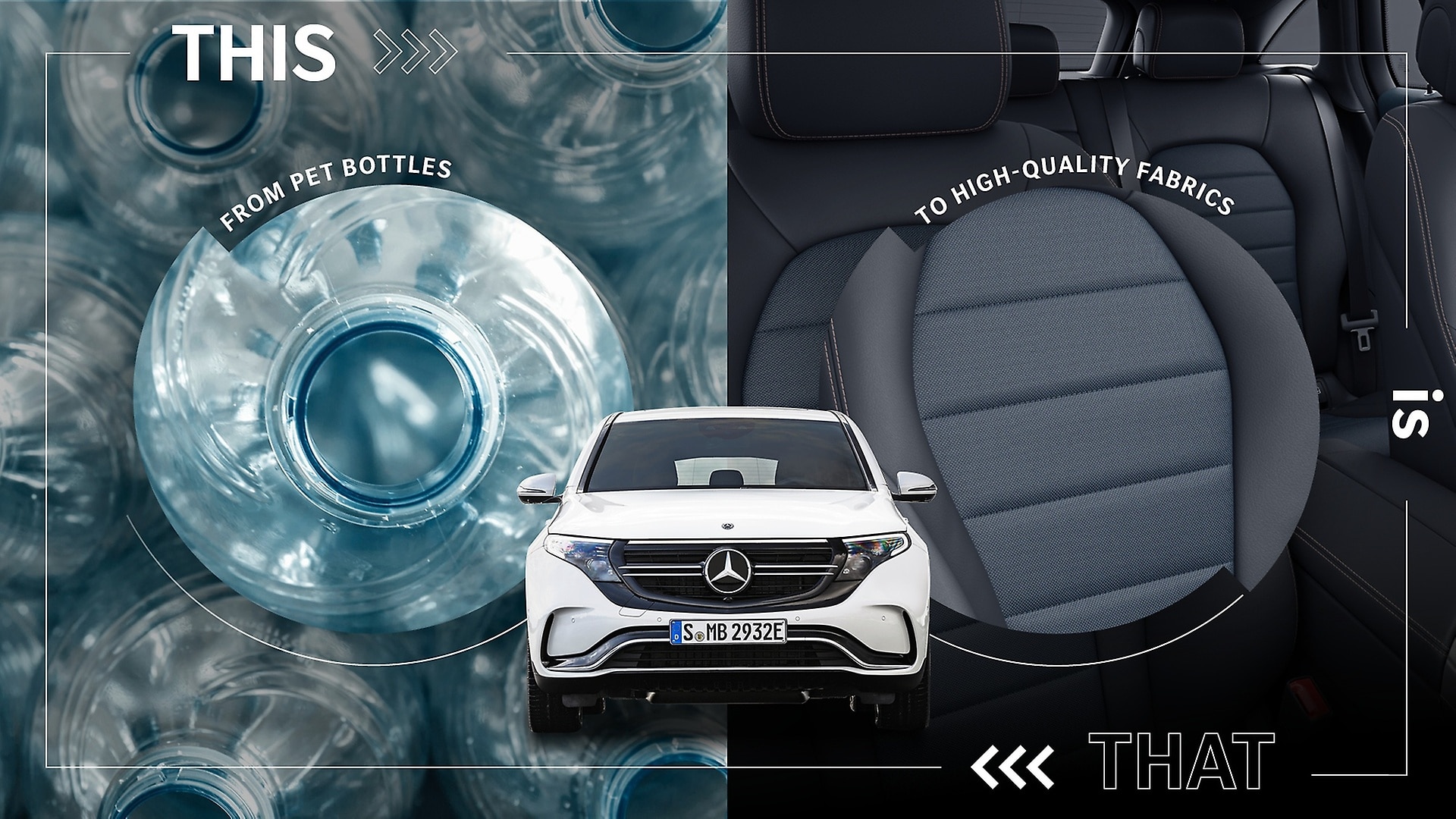
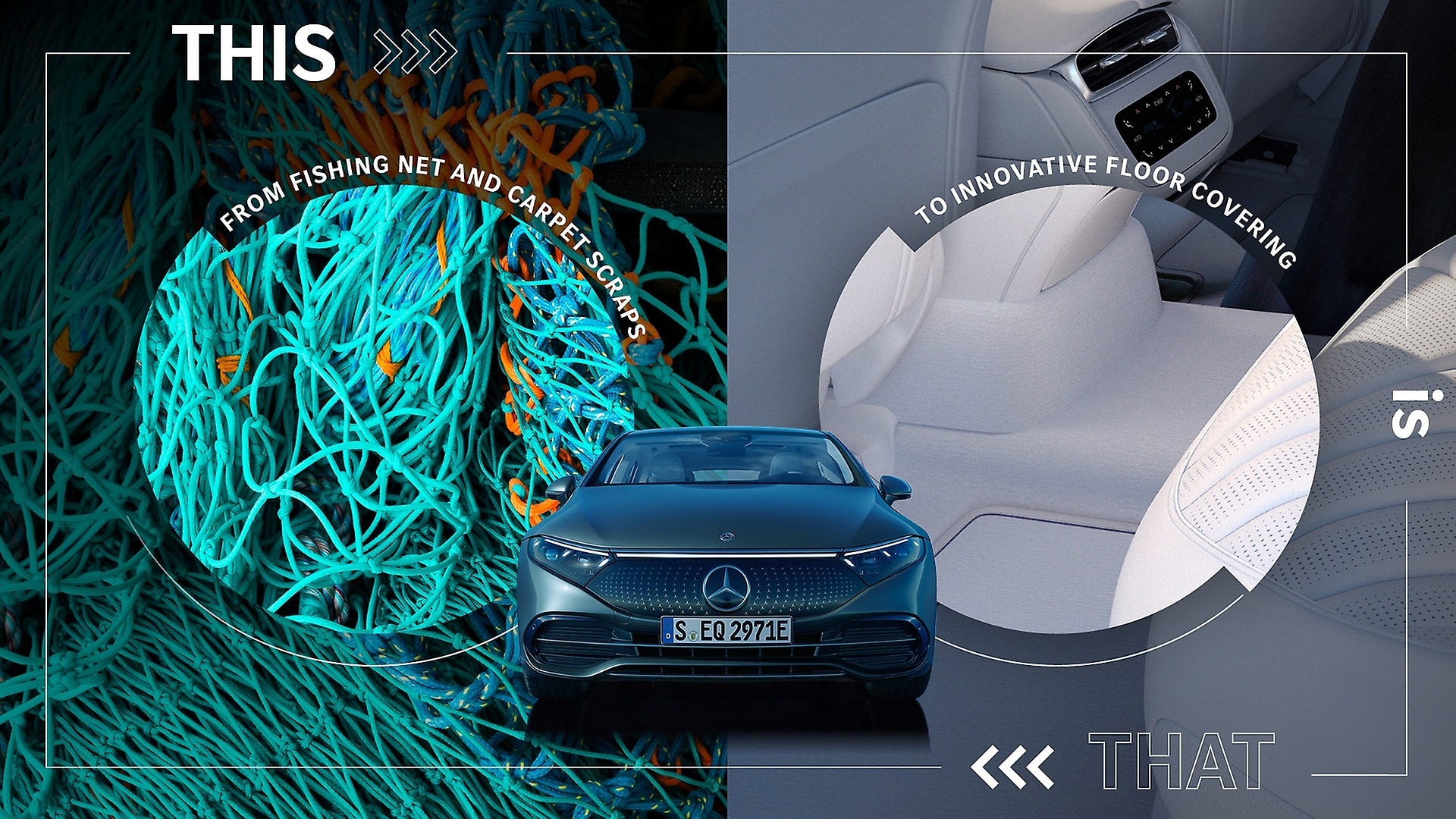
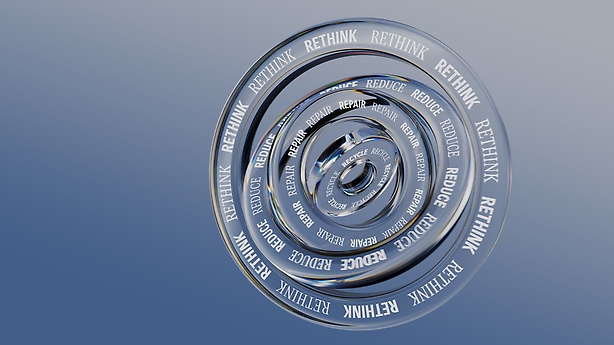,xPosition=0.8,yPosition=0)
,xPosition=1.0,yPosition=0)